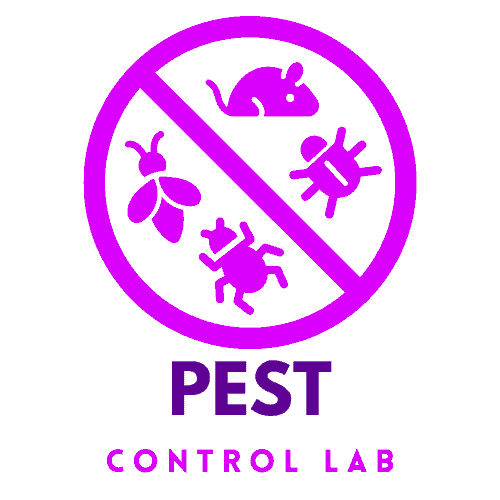The Impact of Extreme Weather on Pest Control
Introduction
Welcome, dear reader, to a topic as intriguing as it is important: the interplay between extreme weather and pest control. Have you ever wondered why some summers bring more ants to your picnic or why your home might suddenly seem like a haven for pests right after a heavy storm? As our climate changes, so does the behavior of pests. In this article, we’re diving deep into this phenomenon, exploring how shifts in weather patterns affect these tiny yet significant creatures.
Understanding the Link: Climate Change and Extreme Weather

The Science Behind Weather and Pest Behavior
Climate change is more than just a buzzword; it’s a profound reality in our world. Among these changes are the extreme weather patterns we’re increasingly witnessing. Droughts, hurricanes, floods, and wildfires are no longer rare events but part of our daily news cycle. But here’s an interesting twist: as our climate shifts, so do the behaviors and habitats of pests. Rentokil US highlights that these weather changes prompt sudden spikes in pest activity. It’s a domino effect, where the changing climate leads to new pest challenges.
The Direct Impact on Pest Populations
But how exactly does weather affect pests? Well, let’s break it down. As extreme weather becomes more frequent, pests like mice, rats, cockroaches, and ants are forced to adapt, often moving into new areas, including our homes and businesses. These uninvited guests are not just nuisances; they can be harbingers of disease and contamination. The link between our changing environment and these tiny intruders is becoming more apparent and concerning.
Case Studies: Seeing the Effects in Action

Notable Weather Events and Pest Responses
Real-world events paint a vivid picture of this issue. Take, for example, the historic tropical storm off the coast of California or the record-breaking temperatures across the country. These aren’t just headlines; they’re signals of changing pest patterns. The National Pest Management Association (NPMA) warns that such extreme weather conditions can significantly increase pest populations, driving them indoors and causing disruptions for homeowners and businesses.
Species-Specific Responses to Weather Events
Different pests react differently to these changes. Mosquitoes, rodents, flies, and red imported fire ants are some culprits that thrive in and exploit these changing conditions. Dr. Jim Fredericks from NPMA cautions that besides being annoying, these pests can spread disease-causing pathogens. It’s a stark reminder of the broader health implications of extreme weather.
Evolving Strategies in Pest Management

Integrated Pest Management and Climate Adaptation
So, what can be done? The answer lies in evolving pest management strategies. Integrated Pest Management (IPM) approaches are adapting to tackle these challenges. These methods, which combine different management strategies and practices, are now more crucial than ever, considering the climatic changes we face.
The Role of Pest Control Professionals
Pest control professionals are at the forefront of this battle. They’re not just fighting pests; they’re strategizing against the impacts of climate change. According to Rentokil US, these professionals recommend a multi-pronged approach, including ensuring structural integrity and exterior grounds maintenance, to combat the increased likelihood of pest infestations.
Proactive Measures for Homes and Businesses
Homeowner Strategies for Pest Prevention
For homeowners, the first line of defense is awareness and preparedness. Simple measures like sealing cracks, removing standing water, and maintaining yard cleanliness can go a long way in preventing pest invasions, especially during extreme weather conditions.
Business Preparedness for Pest Intrusions
Businesses, too, need to be vigilant. The stakes are high – pest infestations can lead to financial losses and damage reputations. Regular facility inspections, year-round monitoring, and weather event preparedness are key strategies businesses can adopt to safeguard against these tiny invaders.
Conclusion
As we wrap up, let’s remember that the world of pests is deeply intertwined with our environment. The more we understand this connection, the better we can prepare and respond. Whether it’s a home, a business, or an agricultural field, the impact of extreme weather on pest control is a challenge we all face. By staying informed and proactive, we can keep our spaces safe and pest-free, even in the face of climate change’s unpredictable whims.




